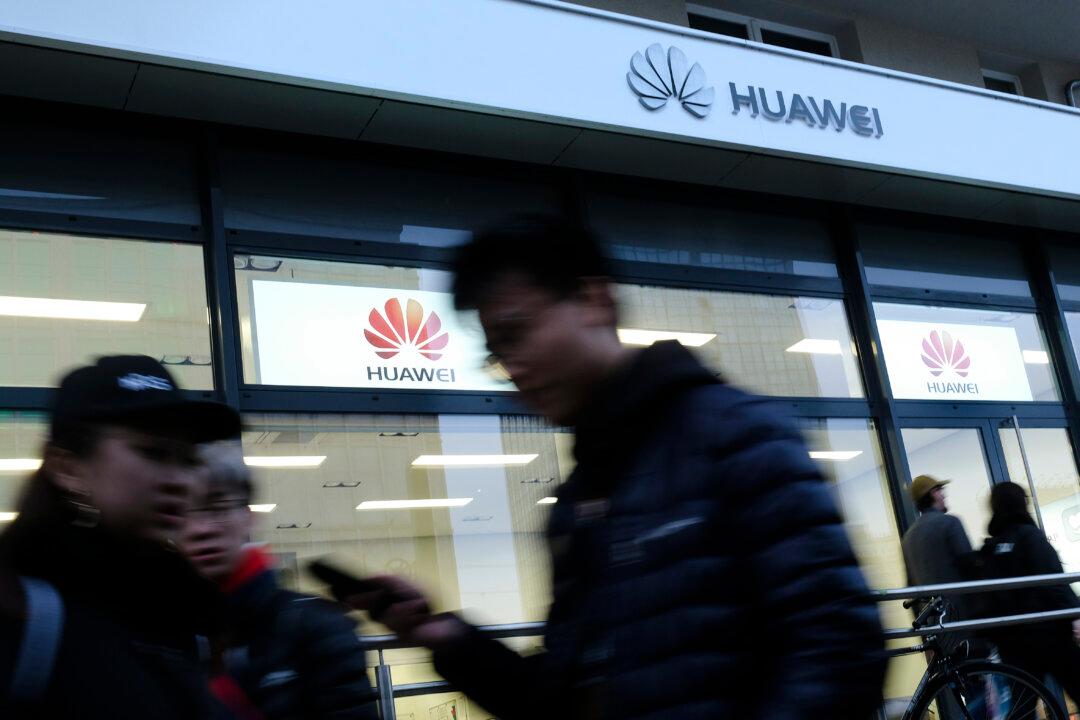State Department spokesperson Ned Price said on Feb. 9 that the “jury’s still out” on whether the Chinese regime gave full transparency to the World Health Organization team currently in Wuhan to study the origin of the pandemic.
“I think the jury’s still out. I think clearly the Chinese, at least heretofore, have not offered the requisite transparency that we need,” Price said at a press briefing, when asked whether he believed the Chinese regime gave the WHO team full cooperation.
Earlier on Tuesday, the team of experts said that based on their findings, it was “extremely unlikely” that the virus could have accidentally escaped from a lab. U.S. officials in the Trump administration have hypothesized that the CCP virus may have leaked from a virology lab in Wuhan.
Peter Ben Embarek, a Danish scientist who led the WHO investigation of the virus origin in Wuhan, said that the team will focus their efforts on studying the possible transmission from bats to humans and the risk of transmission through frozen foods.
“The findings suggest that the laboratory incidents hypothesis is extremely unlikely to explain the introduction of the virus to the human population,” and therefore “not a hypothesis that we advise to suggest future studies,” he told reporters during a three-hour-long press conference on Tuesday in Wuhan, the Chinese city where the virus first broke out.

Price, in response to Embarek’s remarks, said that the United States will make a judgment upon scrutinizing the full WHO report.
“We are going to base our conclusions on nothing other than the data, nothing other than the science, and based on that, we'll come to a conclusion,” he said.
Former Secretary of State Mike Pompeo, in a Fox interview on Tuesday, said that he continues to think “there’s significant evidence … that this [virus] may have very well come from that laboratory.”
“I must say the reason we left the World Health Organization was because we came to believe that it was corrupted, it had been politicized. It was bending a knee to General Secretary Xi Jinping in China,” he added.
“I hope that’s not the case here with what they’ve [WHO team] announced today,” Pompeo said. “I’ll look forward to seeing their reports and analysis, but I don’t believe it’s the case that they got access that they needed. I know they didn’t get access they needed in a timely fashion.”
The high-profile WHO investigation was delayed for months as the agency negotiated access with Beijing, which spread disinformation around the virus in an effort to deflect criticism of its early virus handling.

The conclusion of the investigation, Embarek said, was that they “did not find evidence of large outbreaks that could be related to cases of COVID-19 prior to December 2019 in Wuhan or elsewhere.“ The mission’s findings, he said, did not ”change dramatically the picture we had beforehand” but added “details to the story.”
In a comment echoing Chinese officials’ narratives, he suggested that while the Huanan Seafood Market saw one of the earliest COVID clusters, the virus could have come from elsewhere, including frozen meat. But he said an intermediary animal host remains “the most likely” source.
Pompeo questioned whether the team was given full access to investigate. “I hope they got to see all the data … talk to the doctors, interview them in private, in a place where they can actually tell the truth about what took place, not under the supervision of a Communist Party person sitting in the back of the room making sure that they toe the Communist Party line.”
Fox host Bill Hemmer asked: “So nothing has changed in your view that it came from the lab?”
“Not a thing,” Pompeo replied.





